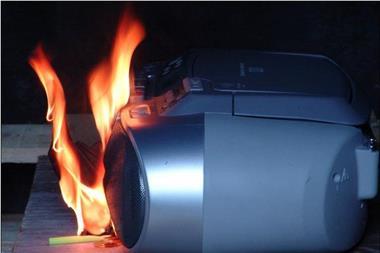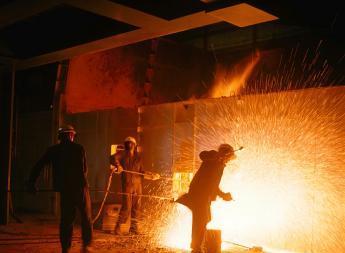42% of companies surveyed did not have a director with formal health & safety qualifications
Senior managers and directors may be risking the lives of their staff by not having up to date knowledge of health and safety related duties and responsibilities, warned Norwich Union Risk Services (NURS).
Research conducted by NURS reveals that of 130 companies surveyed, 42% could not demonstrate that their nominated director (board member with responsibility for health and safety), had any formally recognised health and safety qualifications such as IOSH or NEBOSH.
John Phillips, training and consultancy manager for NURS, said: ‘Our research supports anecdotal evidence from the experience of our health and safety consultants that some company directors and senior managers may well be failing to take health and safety seriously.
‘Cost issues, lack of time, or quite simply health and safety being seen as a low priority could all be contributing factors to such behaviour. Time and money may be short for many companies but in fact, good health and safety management can avoid substantial costs and save money and time in the long run.’
NURS' experience also shows that priorities given to health and safety management varies from industry to industry, with utility companies, government departments and local authorities often leading the way, and construction, agriculture and certain manufacturing operations sometimes lagging behind.
Phillips recalls an incident which happened within the construction industry in 2006, demonstrating a long standing regulatory requirement which was ignored due to a lack of critical training.
‘Scaffolding on a multi storey hotel collapsed during high winds, resulting in the injury of two workers, one of whom subsequently died.’
“Good health and safety management can avoid substantial costs and save money and time in the long run.
John Phillips, training and consultancy manager for NURS
‘The contractor passed the responsibility for weekly scaffolding inspections to the safety officer, who admitted in his evidence that he had only attended a one day introductory course on scaffolding inspection and doubted that he would have spotted that the ‘critical bracings' were missing.’
‘As with other cases, this shows a lack of awareness of the implications of failing to manage health and safety correctly. In 2007, the number of health and safety prosecutions against employers rose by 8%, according to HSE², which illustrates the potentially serious consequences for inadequate health and safety management.’
Phillips added: ‘Organisations convicted of new corporate manslaughter laws could face fines of 10% of their annual turnover*, plus publicity orders. In addition to this, the courts are more likely to prosecute those individuals who play a key role in the decision making process about how the organisation's health and safety activities are managed and organised.
‘Guidance from the IOD¹ and HSE states that all staff, including board members and directors, should be trained and competent to fulfil legal responsibilities for health and safety. The introduction of the Corporate Manslaughter and Corporate Homicide Act 2007, coupled with the Institute of Directors/Health and Safety Commission's guidelines for directors, should help raise the profile of health and safety in the boardroom.’
‘Last year, we worked with a company that had been issued with six improvement notices, one being access to competent health and safety advice. The directors did not deal with the problem and due to lack of understanding were unclear of the consequences. Following threatened prosecution by the HSE, we met with and trained the directors who agreed that a member of staff would need to complete the NEBOSH diploma. With our help, all six notices were closed.’
NURS suggests that directors and senior managers should attend a course such as IOSH Safety for Senior Executives (S4SE) and that they use the new guidance as a self-assessment tool to certify that standards are in place and ensure that health and safety becomes a part of the business philosophy.’




















No comments yet